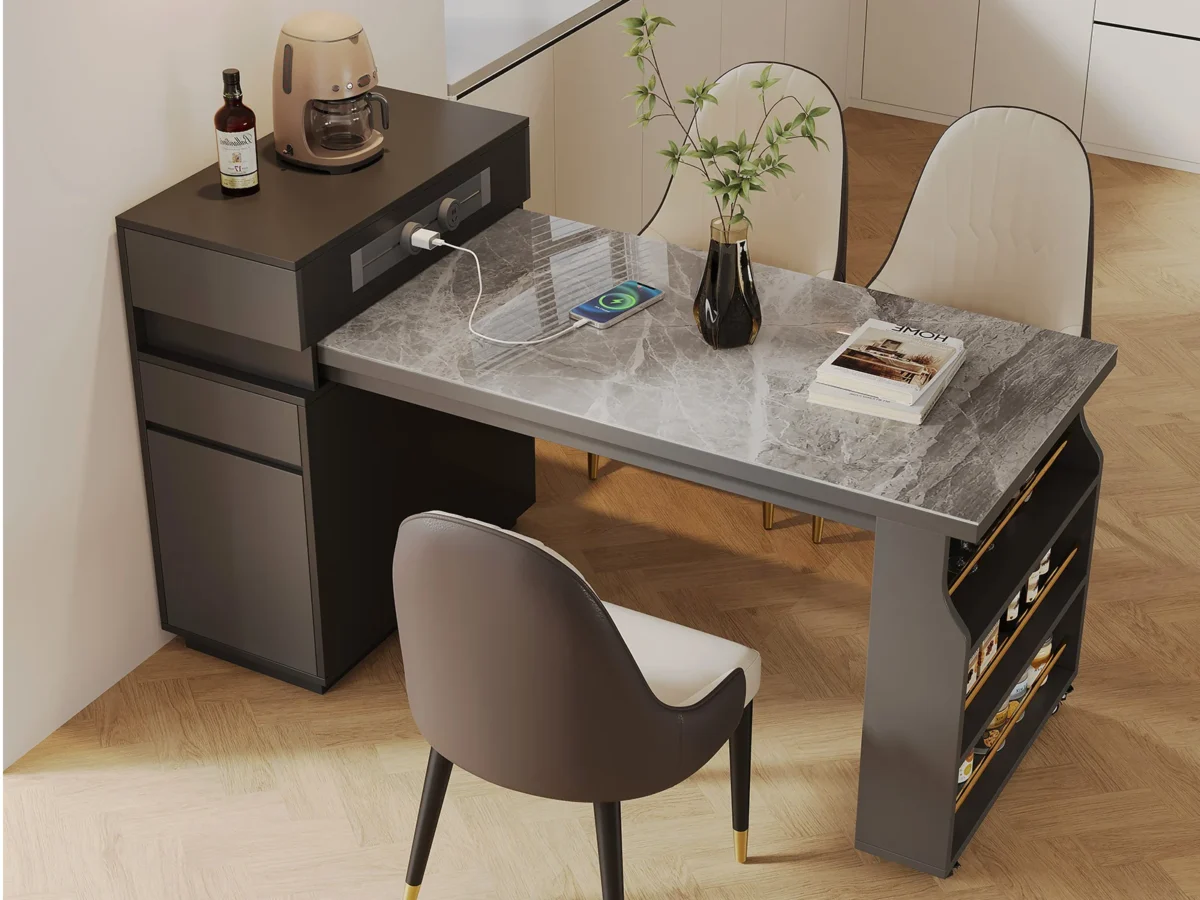Furniture plays a vital role in shaping the functionality, comfort, and aesthetics of our homes. Whether you’re furnishing a new space or updating your existing decor, buying furniture can be an exciting yet daunting task. In this comprehensive guide, we’ll provide valuable tips and insights to help you make informed decisions when shopping for furniture.
1. Assess Your Needs and Space
Before embarking on your furniture-buying journey, take some time to assess your needs and the available space in your home. Consider factors such as:
- The function of the room: Determine how you plan to use the space (e.g., living room for entertaining, bedroom for relaxation).
- Existing furniture: Take inventory of any existing furniture pieces you plan to keep or replace.
- Room dimensions: Measure the dimensions of the room to ensure that the furniture you choose fits proportionally and allows for comfortable movement.

2. Set a Budget
Establishing a budget is essential to guide your furniture-buying decisions and prevent overspending. Determine how much you’re willing to invest in each furniture piece or room renovation project. Remember to factor in additional costs such as delivery fees, assembly charges, and taxes.
3. Research Styles and Trends
Explore different furniture styles, designs, and trends to identify what resonates with your personal taste and complements your home decor. Browse interior design magazines, websites, and social media platforms for inspiration. Consider factors such as:
- Aesthetic preferences: Determine whether you prefer modern, traditional, rustic, or eclectic styles.
- Color palette: Choose furniture colors and finishes that harmonize with your existing decor and create a cohesive look.
- Versatility: Opt for furniture pieces that are versatile and can adapt to evolving design trends or changing preferences.
4. Prioritize Quality and Durability
Investing in high-quality furniture ensures longevity, comfort, and value for your money. When evaluating furniture pieces, pay attention to:
- Material quality: Choose furniture made from durable materials such as solid wood, hardwood frames, and high-density foam cushions.
- Construction: Inspect the construction of furniture joints, seams, and hardware for sturdiness and stability.
- Upholstery fabric: Select upholstery fabrics that are easy to clean, fade-resistant, and pet-friendly, if applicable.
5. Test Before You Buy
Whenever possible, test furniture pieces in person to assess their comfort, functionality, and suitability for your needs. Sit on sofas and chairs, open drawers and cabinets, and test the stability of tables and shelves. Don’t hesitate to ask sales associates for assistance or recommendations.
6. Consider Practicality and Functionality
Choose furniture pieces that not only look beautiful but also serve practical purposes and enhance your daily life. Consider:
- Storage solutions: Opt for furniture with built-in storage compartments or multifunctional features to maximize space and organization.
- Lifestyle considerations: Select furniture that aligns with your lifestyle and daily routines (e.g., a sleeper sofa for accommodating overnight guests, a dining table with extendable leaves for hosting dinner parties).
7. Read Reviews and Get Recommendations
Before making a purchase, research furniture brands, retailers, and specific products by reading online reviews and customer testimonials. Seek recommendations from friends, family members, or interior design professionals who have firsthand experience with certain furniture brands or retailers.
8. Pay Attention to Delivery and Assembly
Consider logistics such as delivery options, shipping fees, and assembly requirements when purchasing furniture. Inquire about:
- Delivery timelines: Confirm estimated delivery dates and any potential delays, especially for custom or made-to-order furniture.
- Assembly services: Determine whether the furniture requires assembly and whether assembly services are available for an additional fee.
9. Review Return and Warranty Policies
Familiarize yourself with the retailer’s return and warranty policies before completing your purchase. Ensure that:
- The retailer offers a flexible return policy with a reasonable timeframe for returns or exchanges.
- The furniture comes with a manufacturer’s warranty that covers defects in materials and workmanship for a specified period.
10. Plan for Long-Term Maintenance
Extend the lifespan of your furniture by following proper care and maintenance practices. Read and adhere to manufacturer’s care instructions for cleaning, maintenance, and protection. Consider investing in furniture protection plans or treatments to safeguard against stains, spills, and wear and tear.
Conclusion
Buying furniture is a significant investment that requires careful consideration of various factors, including your needs, budget, style preferences, and quality standards. By following the tips outlined in this guide and approaching the furniture-buying process with diligence and patience, you can furnish your home with beautiful, functional, and durable furniture pieces that enhance your living space and bring you joy for years to come. Happy furniture shopping!
Feugiat bibendum vel molestie morbi litora venenatis integer phasellus laoreet id eros ipsum primis sapien aliquet curabitur enim diam nostra nullam semper donec ut commodo massa accumsan quisque


